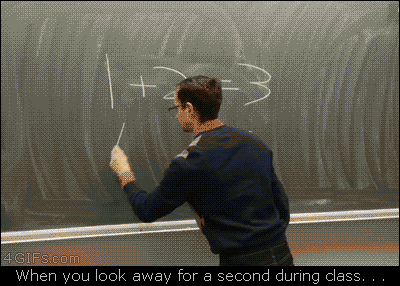All Apologies, Nirvana. I don't recall the name of this feature, but it's something predictable, like "Lover's Grotto," or "Valentine Rock," or something along those lines. Chronologically, it fell between the posts of Feb. 10 and Feb. 11, but it was too perfect for Valentine's Day, so I put it on hold until now. I'm amused that my set of photos from Oregon Caves just happened to coincide with this holiday. It's not a holiday I'm terribly fond of, and I certainly wasn't thinking about it when I started this set, but hey, here you go.
Photo unmodified. May 9, 2013. FlashEarth Location. (Since we're underground, I have only a vague idea where this is with respect to the surface.)
Is This Your Hat?
11 years ago

































































